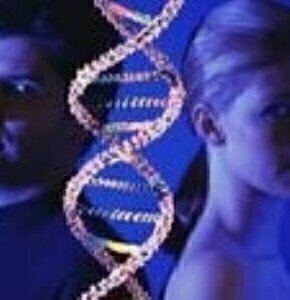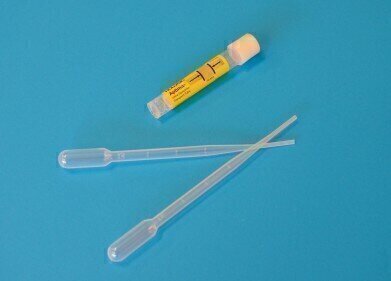-
 Quantitative analysis of DNA comets can be automated with a microgrid from MIT researchers
Quantitative analysis of DNA comets can be automated with a microgrid from MIT researchers
Electrophoretic Separations
MIT automates quantitative analysis of DNA comets
May 05 2010
Comet assaying uses electrophoresis to spread DNA into a comet-like formation on the surface of a gel substrate.
The process works due to the surface charge of particles, which causes them to move differently when an external electric field is applied.
Damaged DNA typically moves further than healthy DNA, creating a formation similar to a comet's tail.
However, there has previously been no way to automate the quantitative analysis of the results, making for a time- and labour-consuming process.
Now, Massachusetts Institute of Technology (MIT) scientists have created a microscopic patterning grid for the resultant comet, allowing individual areas to be labelled.
In turn, this allows for the process of analysis to be automated, removing the labour from the procedure and accelerating the time taken to achieve a result.
"The technology could offer a new approach for epidemiologists to detect dangerous environmental exposures long before they cause cancer," the researchers claim.
Digital Edition
Chromatography Today - Buyers' Guide 2022
October 2023
In This Edition Modern & Practical Applications - Accelerating ADC Development with Mass Spectrometry - Implementing High-Resolution Ion Mobility into Peptide Mapping Workflows Chromatogr...
View all digital editions
Events
ACS National Meeting - Fall 2024
Aug 18 2024 Denver, CO, USA
Sep 04 2024 Chiba, Tokyo, Japan
Sep 04 2024 University of Warwick, Coventry, UK
Sep 10 2024 Rockville, MD, USA
Plastics Recycling World Expo Europe
Sep 11 2024 Brussels, Belgium













